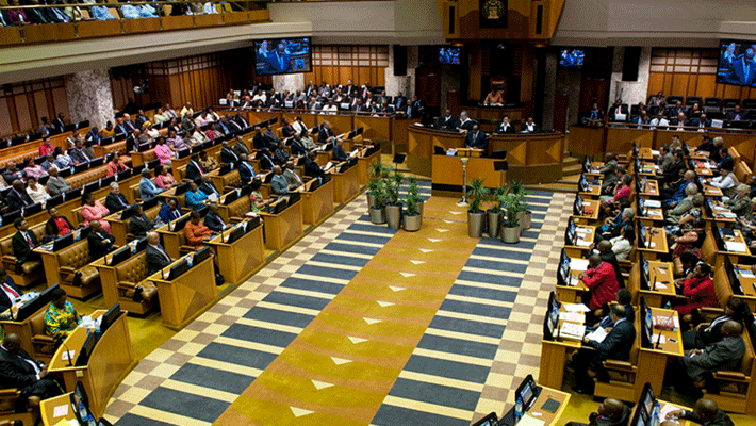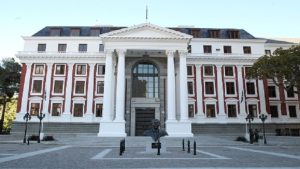Outside parliament
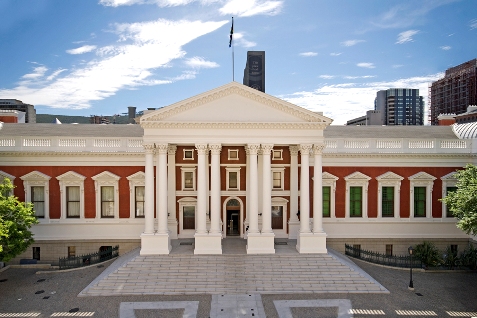
THE OUTSIDE OF THE NATIONAL COUNCIL OF PROVINCES
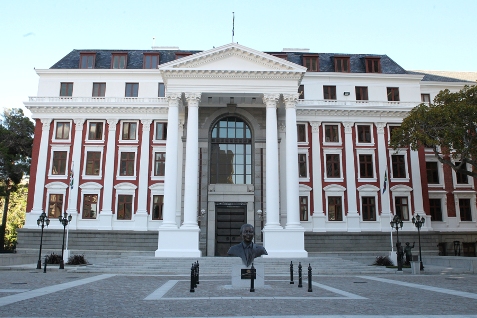
Inside Parliament
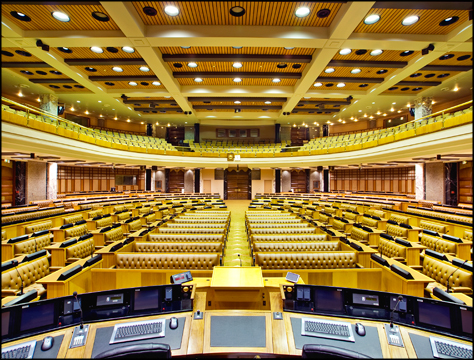
A JOINT SITTING OF THE NATIONAL ASSEMBLY AND NATIONAL COUNCIL OF PROVINCES
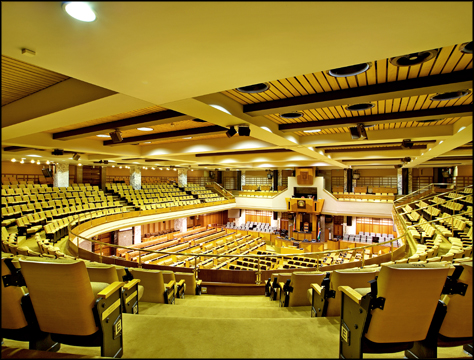
INSIDE THE NATIONAL ASSEMBLY
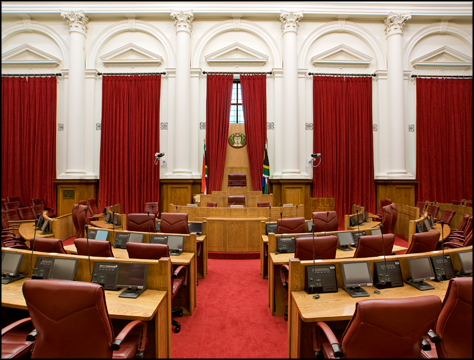
Parliament Art
The Artworks Office of Parliament was established in 2001 to ensure that the art, artefact and heritage collections in Parliament are preserved, documented, maintained and accessible to the public. Before the establishment of the Office the art works were managed by the Library of Parliament and the first art works were acquired during the early 1920s. While these collections are historically important and valuable they do not represent all the people and the art of this country. To deal with these absences the Office hopes to develop the collection by acquiring works of contemporary South African artists as well as traditional items that reflect indigenous knowledge systems.
Parliament has close to 4000 items of artistic and/or heritage value in its collections. A few date back as far as the 17th century. The collections include a variety of subjects in a number of different media, such as images of people and places, some well known and some anonymous, in drawing, painting (oil and watercolour) and sculpture. The collections also include a large number of maps and photographs.
The Office’s activities include updating the inventories, undertaking research and maintaining a conservation programme with specialist service providers. It ensures that the collections are stored in conditions that meet museum best practices. It supplies internal heritage-related support in Parliament. The Office fulfills a public outreach function as well by answering queries from researchers, publishers and general visitors.
The Office creates permanent and temporary displays of selected items from the collections. One of the items on display is the 120m long Keiskamma Tapestry, on loan from the Standard Bank of South Africa. This work tells a history of the Eastern Cape from the perspective of the women who made it. They live in Hamburg, near the Keiskamma River mouth. The narrative starts with the earliest inhabitants in the region, the San, and ends with the 1994 democratic elections. Although particular events are shown the tapestry reflects the larger South African story of contact, conflict and ultimate resolution. The tapestry hangs in the entrance and passages of the Old Assembly. (See image of a panel below.) By Parliament

OTHER ARTWORKS
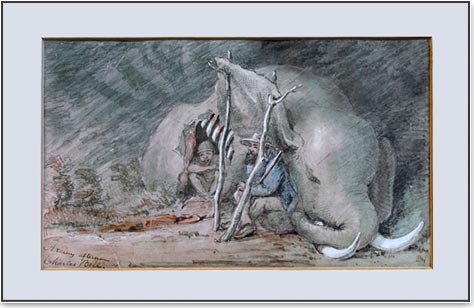
A rainy afternoon: substitute for an umbrella
Charles D BELL (1813-1882)
Pencil and watercolour
Image size: 100 x 168 mm
Accession number: 72 Artwork
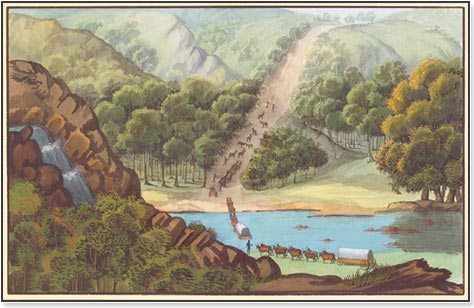
Crossing the Sunday’s River
Francois LE VAILLANT (1753-1824)
Watercolour
Image size: 230 x 366 mm
Accession number: 34340 (8) Artwork
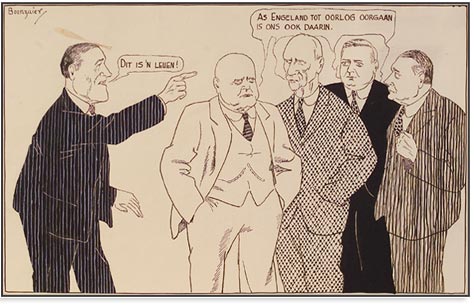
“Dit is ‘n leuen”
Daniel C. BOONZAIER (1856-1950)
Ink drawing
Paper Size: 382 x 289 mm
Accession number: 20348 (v) Artwork
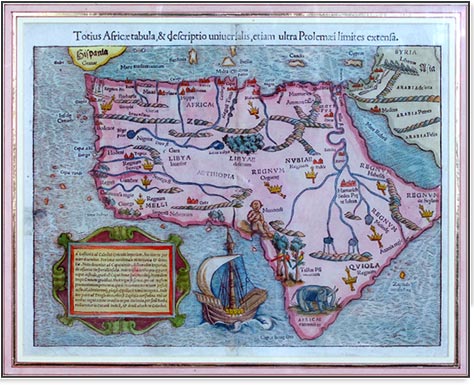
Map of Africa
(Totius Africae tabula, & descriptio universalis etiam ultra Ptolemaei limites extensa)
Sebastian MUNSTER (1489-1552)
Handcoloured woodcut map
Image size: 287 x 355 mm
Accession number: 25581
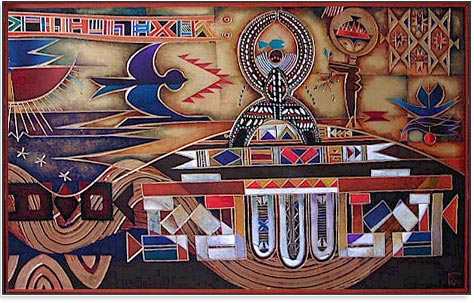
Dawn over Africa (detail)
Raymond ANDREWS (1948 – )
Oil on wood relief
640 x 2000 mm
Accession number: ARTW.653
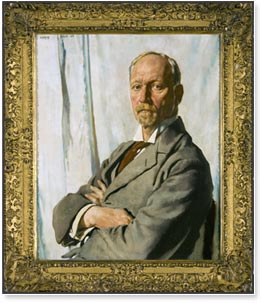
Gen J C Smuts, 1919
Sir William ORPEN (1878 – 1931)
Oil on canvas
Visible image: 740 x 614 mm
Accession number: ARTW.061
Author: Parliament
Author
-
Multimedia Manager at SABC News · Wits - University of the Witwatersrand


